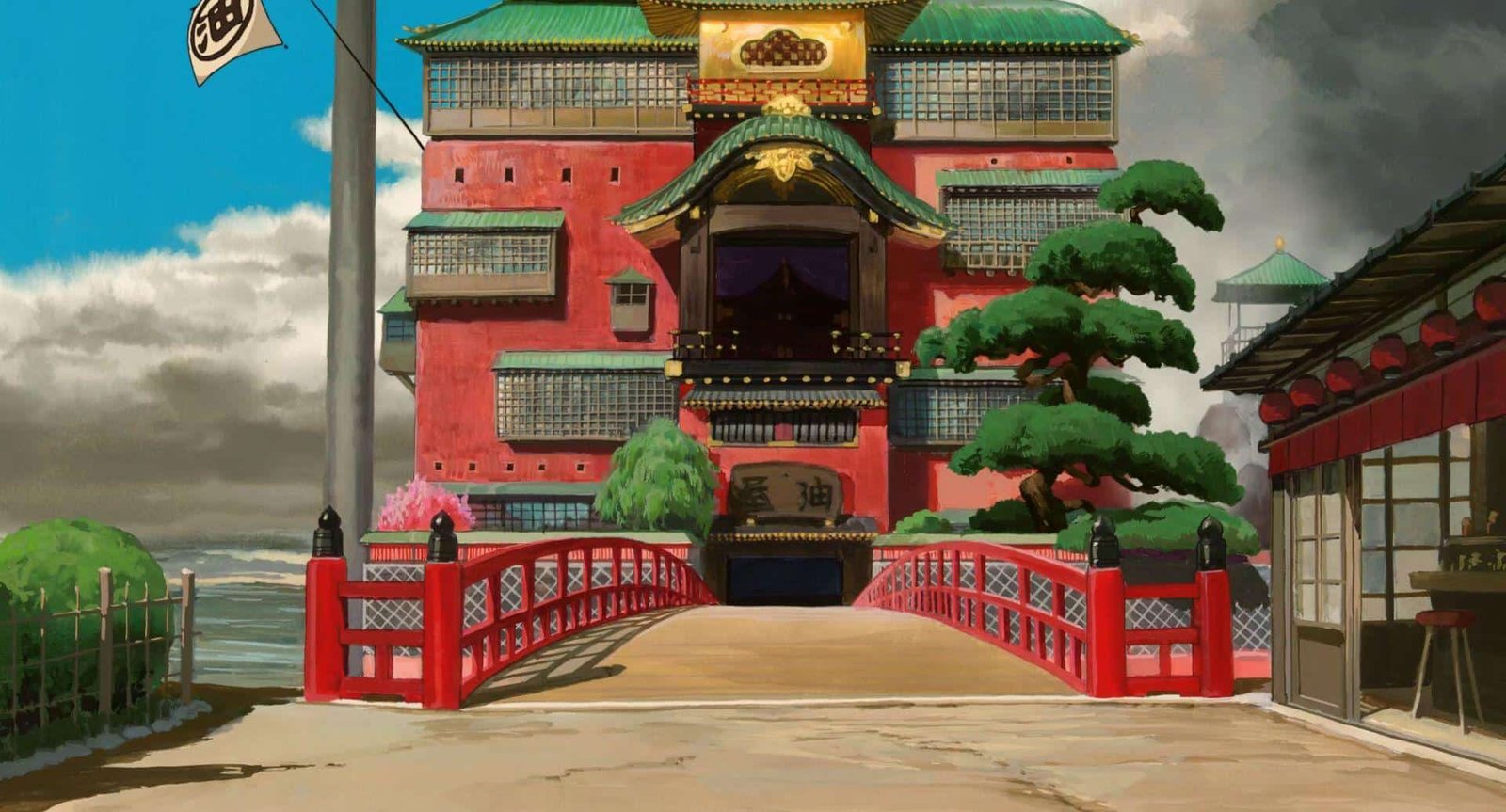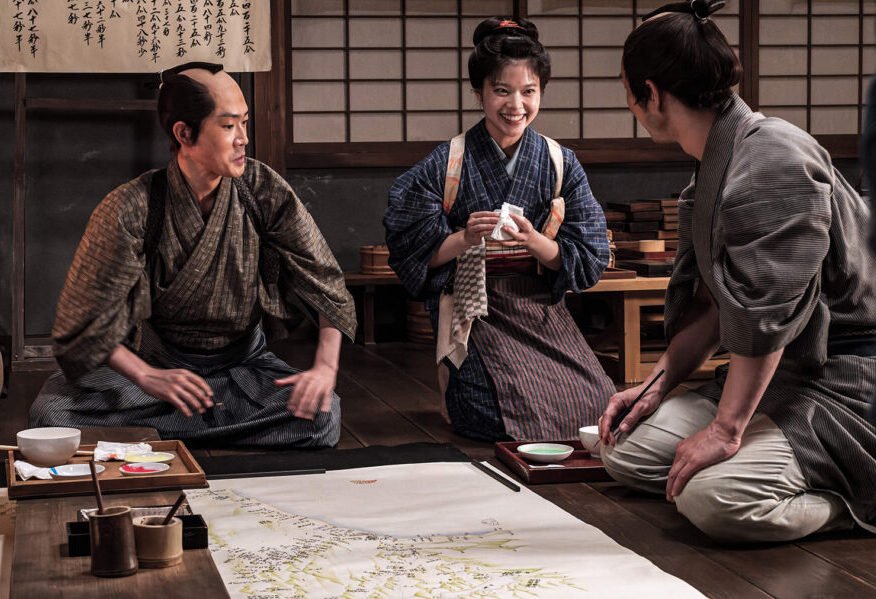The rise of Asian film festivals has become a crucial platform for showcasing Japanese talent, offering a stage for both seasoned filmmakers and emerging artists. As these festivals continue to grow in prominence, they highlight the rich diversity and artistic excellence of Japanese cinema, from independent films to cutting-edge animation. This surge in Asian film festivals has provided new opportunities for Japanese filmmakers to gain international exposure and connect with global audiences, cementing their influence on the global cinema stage.
1. A Growing Platform for Japanese Cinema
Over the past few decades, Asian film festivals have expanded in both number and importance, becoming a vital part of the international film festival circuit. Major festivals like the Tokyo International Film Festival (TIFF) and the Busan International Film Festival (BIFF) have grown in prestige, offering Japanese filmmakers new opportunities to showcase their work. These festivals not only celebrate cinema from across Asia but also provide a spotlight for the unique contributions of Japanese directors, actors, and animators.
Key Festivals Highlighting Japanese Films:
- Tokyo International Film Festival (TIFF): As Japan’s most prestigious festival, TIFF has been a cornerstone for promoting both domestic and international cinema since 1985. The festival frequently highlights Japanese filmmakers, offering a platform for local talent to gain international recognition.
- Busan International Film Festival (BIFF): BIFF in South Korea is one of the most influential film festivals in Asia, and it regularly features Japanese films in its lineup, helping Japanese filmmakers connect with broader Asian audiences.

2. A Spotlight on Emerging Japanese Directors
One of the most significant roles of Asian film festivals is their commitment to showcasing emerging talent. For young Japanese filmmakers, these festivals serve as a springboard to international acclaim, offering them the chance to premiere their films and compete on a global scale.
Notable Japanese Directors Who Rose Through Asian Festivals:
- Hirokazu Kore-eda: Before winning the Palme d’Or at Cannes, Kore-eda was frequently featured at Asian film festivals, where his films were praised for their delicate and emotionally resonant storytelling.
- Naomi Kawase: Known for her poetic filmmaking style, Kawase first gained recognition through Asian film festivals, which played a crucial role in establishing her international reputation.
3. Promoting Independent Japanese Films
Asian film festivals have become a vital platform for independent Japanese films, providing opportunities for directors who may not have the budget or resources to showcase their work at larger international festivals. By offering a stage to these smaller productions, these festivals help promote a wider diversity of Japanese cinema.
Examples of Independent Japanese Films Promoted at Asian Festivals:
- “Sweet Bean” (2015) by Naomi Kawase, an independent film that gained widespread acclaim through its inclusion in several Asian festivals, including TIFF.
- “Mugen no Junin” (2017) by Takashi Miike, another example of how independent Japanese directors have used the festival circuit to reach new audiences.
4. Japanese Animation in the Spotlight
Japanese animation, or anime, has long been a significant cultural export, and Asian film festivals have played a key role in promoting the art form globally. These festivals often feature special categories or showcases for animated films, allowing Japanese animators to display their innovative techniques and unique narratives to new audiences.
Key Examples of Japanese Animation Featured in Asian Festivals:
- “Weathering With You” (2019) by Makoto Shinkai: Featured at festivals across Asia, including BIFF, this anime film captivated audiences with its stunning visuals and compelling story.
- “The Red Turtle” (2016), co-produced by Studio Ghibli, received attention at multiple Asian festivals, further elevating the studio’s reputation in the global animation scene.
5. Bridging Cultural Gaps
Asian film festivals do more than just showcase Japanese talent; they also foster cultural exchange and understanding. By promoting films that reflect Japan’s unique cultural heritage, these festivals help bridge cultural gaps and introduce international audiences to Japanese traditions, societal issues, and artistic expressions.
Films That Reflect Japanese Culture:
- “Our Little Sister” (2015) by Hirokazu Kore-eda, which explores Japanese family dynamics and was warmly received at various Asian film festivals.
- “Your Name” (2016) by Makoto Shinkai, a film that blends fantasy with cultural elements and found success at Asian festivals before becoming a global phenomenon.
6. The Future of Japanese Cinema at Asian Festivals
As Asian film festivals continue to rise in prominence, the future looks bright for Japanese filmmakers. These festivals provide a nurturing environment for innovation and experimentation, ensuring that Japanese cinema remains at the forefront of global film trends.
The Evolution of Asian Film Festivals:
- The success of Japanese filmmakers at Asian film festivals is inspiring other regional directors, leading to a more diverse and dynamic cinematic landscape across Asia.
- With increased collaboration between countries, Japanese filmmakers will continue to benefit from the growing importance of these festivals, creating more opportunities for cultural exchange and international success.
Conclusion
The rise of Asian film festivals has been instrumental in showcasing Japanese talent, offering a platform for both established and emerging filmmakers to reach international audiences. From independent films to groundbreaking animation, these festivals celebrate the diversity and creativity of Japanese cinema while promoting cultural understanding across borders. As these festivals continue to grow, they will undoubtedly play a critical role in the future of Japanese cinema on the global stage.











